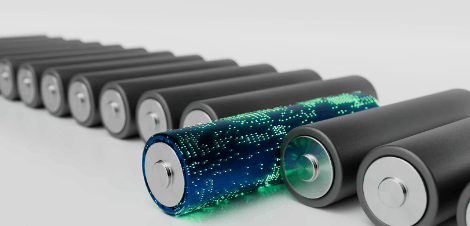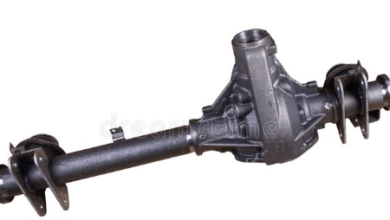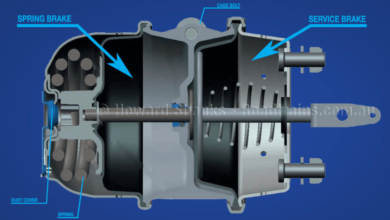How to Fix a Lithium-Ion Battery that Won’t Charge?
Lithium-ion Batteries are one of the most important charging systems for electrical applications such as electric cars, cell phones, and other smart devices. Under serious circumstances, there can be problems with the lithium-ion battery systems, and you will see most of the time that the lithium-ion battery will not charge. How to fix a lithium-ion battery that won’t charge? If you have this question on your mind, you are at the right place to answer your questions.
What is a Lithium-ion Battery?

Do you understand that from its name, lithium in the battery is a system that can store electrical energy by using its special technology called lithium-ion? It is the latest technology in the battery sector, and most systems are using these applications. Good systems and applications like this may cause some sort of problems for the end user. Here, we will explain the general problems that you can face with lithium-ion battery systems and we will try to explain the most basic fixes and troubleshooting for these problems.
Problems with Your Connections
While you are charging your lithium-ion battery, you need to establish an electrical connection between the electric source and the battery system. There are also internal cable systems in the battery application, and if there is a disconnection inside the systems, your battery will not charge properly. The general disassembly of these cables is very easy. You just need to remove the casing on the cables without touching the battery cells. You need to check the electrical connections and cable connections that can cause these kinds of problems. In general, each cell has a specific cable connection. You just need to control if there are any disconnections between these cables. Also, we need to state that lithium-ion batteries are safe and high technology systems that will save you from any accidents if there is a problem with one of its cells. If there’s a problem with one connection, your battery will not charge properly.
Measure the Amperes and Volts
As we stated above, if there’s a disconnection, there will be no electrical discharge between the battery system and the electrical source. So, to diagnose the problem or the problematic system, you need to measure the amperes and volts. You can use basic voltmeters and ammeters if there’s a problem with the electrical discharge. If you find out that there is a problem with the electrical discharge between the battery systems or cells and the electrical source, the battery will not charge. You need to replace the problematic part with a new application.
Check Your Charger System
It’s very important to use an appropriate charger for your system that fits the electrical and technical requirements of your lithium-ion battery system. Also, you need to use its charger, and if you need to use another charger except for its charger, it is very important to check the technical details, voltages, and mAh values of the charger and the lithium-ion battery that you are using. If these values do not fit with the battery system that you are using, the battery simply will not charge. Because there are safety software and safety systems inside the lithium-ion battery to save you from any accidents that may arise because of these inconveniences.
Low Voltage Disconnect Mode
Also, the newer technologies of lithium-ion batteries have a system called low voltage disconnect mode. If there is a low voltage coming from your battery to the external system that is fed by the battery, the battery system will apply this mode. This mode saves the equipment that you are working with. This is generally because of the low battery. You just need to reset your battery system by plugging it into the charging mode. To reach 100% electrical charge, the battery will reset itself from the low voltage disconnect mode.
Your Lithium-ion Battery Can Be Broken!
This is also a very high probability, and if there is a problem with the cells of the lithium-ion battery, it will not receive charging. Also, if the lifetime of the lithium-ion battery expires, you need to bring your lithium-ion battery system to its service, and they will take care of your battery. We do not recommend you change your charger system by yourself or attempt any repairs on your battery due to safety issues.
Conclusion on Lithium-ion Batteries Won’t Charge Problem
These are the general things that we can state about how to fix a lithium-ion battery that won’t charge. They are very technologically advanced systems, and in most cases, it is very hard to fix problematic lithium-ion battery systems with mechanical solutions. Also, if you are dealing with a very high-voltage battery system, it is not recommended to deal with the problem on your own if you are not familiar with electrical systems or if you are not qualified to work with high-voltage systems. If you have additional comments and questions about lithium-ion battery systems, you can leave them below without any hesitation.
Check the other related topics and contents about electrical systems available on this web page!
Battery Watering Gun – Best Selections for You!
Dewalt to Milwaukee Battery Adapter – Precautions and Information



